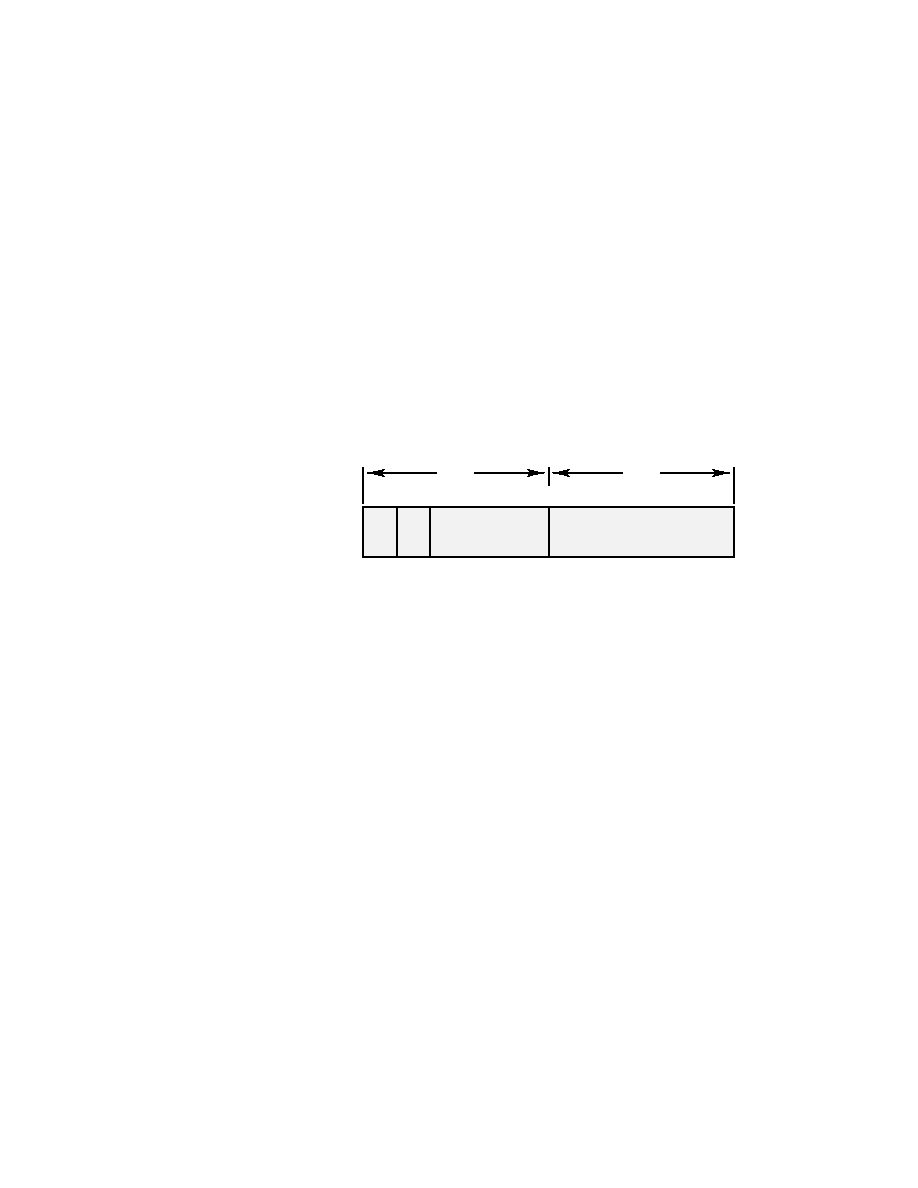
Access Control (MAC) address burned into each and every Ethernet Net-
work Interface Card (NIC). The MAC, or hardware address, is a 48-bit
(6 byte) address written in a hexadecimal format.
assigns a globally administered address (24 bits, or 3 bytes) that is unique
(supposedly, again, no guarantees) to each and every adapter they manufac-
ture. Look closely at the figure... Notice bit 46? Bit 46 must be 0 if it's a
globally assigned bit from the manufacturer, and it has to be a 1 if it's locally
assigned by the network administrator.
into frames. Frames are used at the Data Link layer to encapsulate packets
handed down from the Network layer for transmission on a type of media
access. There are three types of media access methods: contention (Ethernet),
token passing (Token Ring and FDDI), and polling (IBM Mainframes and
100VG-AnyLAN). The CCNA exam covers primarily Ethernet (contention)
media access--so shall we.
error detection from a cyclic redundancy check (CRC). But remember--this